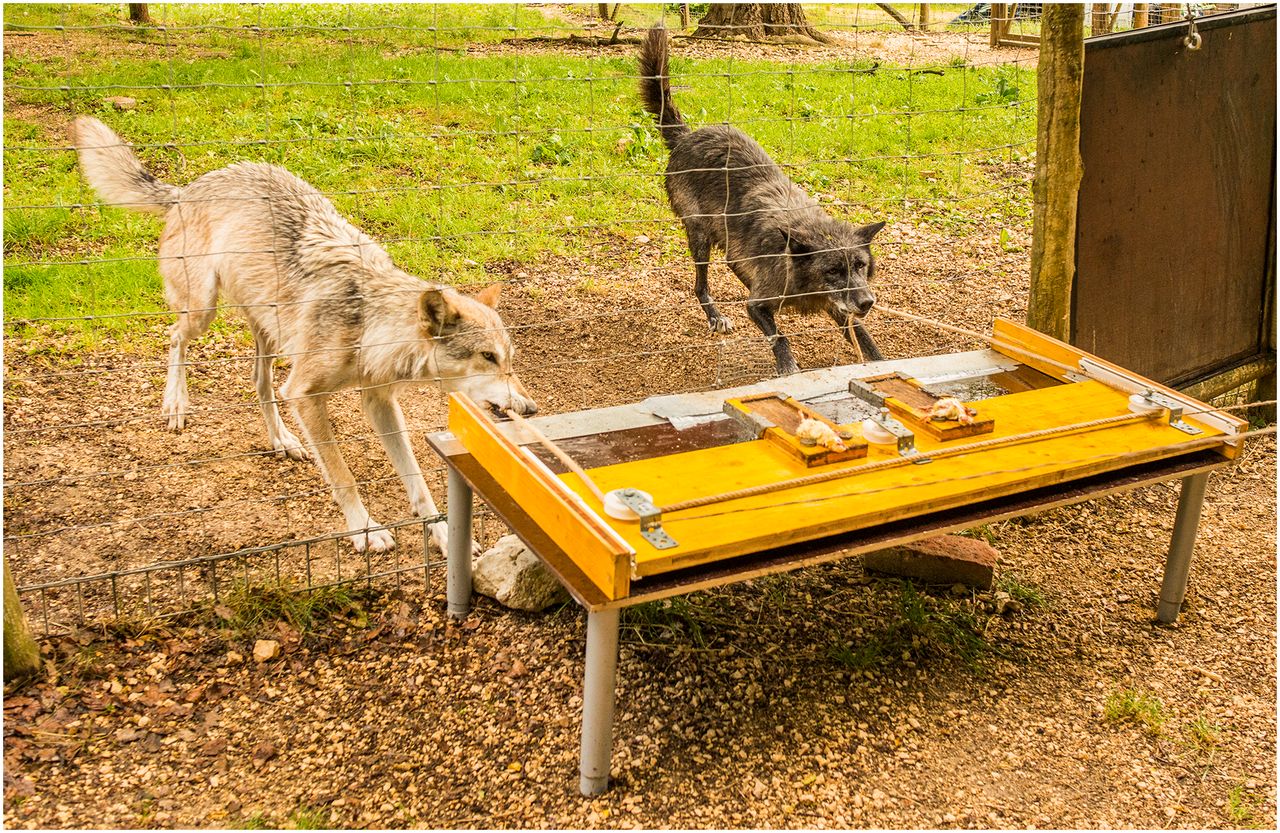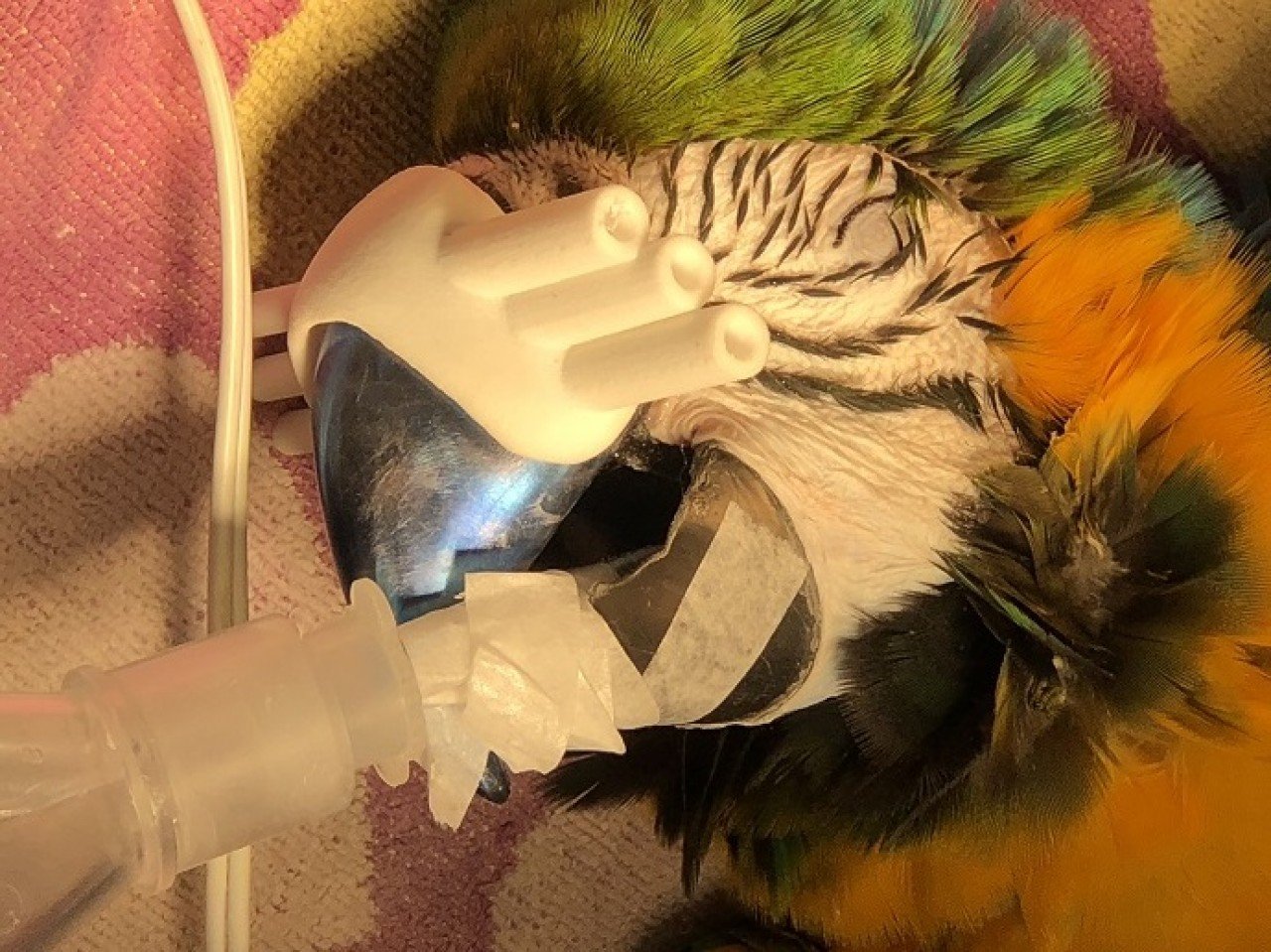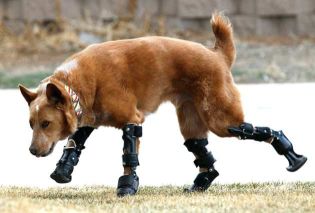ethics
Dispelling a misconception: Non-human animals as intelligent, cultured and moral beings
Posted by Rakuen Growlithe on Sat 16 Aug 2025 - 14:01
There are countless accounts and videos of animals doing amazing things and demonstrating great intelligence. However, we can never be sure if those are representative examples of animal behaviour or just once-off events. Furthermore, those are interpreted through untrained eyes and may not actually show a behaviour that people think it does. To try to avoid these issues, my goal here is to primarily rely on peer-reviewed scientific literature, ideally that which is publicly-available, but presented in a way that can be understood by all. To distinguish between scientific references and ordinary links, links to scientific sources are presented in the format [Author, year] based on academic referencing conventions.
The rough road to animal personhood
Posted by Rakuen Growlithe on Sat 27 Nov 2021 - 00:37
In search of a long-term solution, a South African team of veterinarians, doctors and other professionals led by Prof. Gerhard Steenkamp worked together to design and attach a 3D-printed beak for Max. As has been previously covered on Flayrah, many other animals have also received prosthetics when they've needed them.
Animal prosthetics expose greater concern for animal welfare
Posted by Rakuen Growlithe on Sat 11 May 2013 - 14:12 My first story for Flayrah was about Oscar, the first cat to get prosthetic limbs. Only one line – it was before Newsbytes were added – but the feline Oscar remains a good role model. (Unfortunately, the human Oscar, my fellow South African, multiple gold-winning Paralympian and first amputee to compete in the able-bodied Olympics, dropped the ball in that regard.)
My first story for Flayrah was about Oscar, the first cat to get prosthetic limbs. Only one line – it was before Newsbytes were added – but the feline Oscar remains a good role model. (Unfortunately, the human Oscar, my fellow South African, multiple gold-winning Paralympian and first amputee to compete in the able-bodied Olympics, dropped the ball in that regard.)
There are many other examples of animals with prosthetics. Perhaps the most notable would be Winter, a dolphin with a prosthetic tail. In 2011, her story was adapted into a feature film, Dolphin Tail. Moving from a cat to her demonstrates the breadth of animals that these tools and surgeries are helping.
UK researchers urge limits on human-animal research
Posted by GreenReaper on Fri 22 Jul 2011 - 10:17British medical researchers are calling for tighter regulation on research involving animals with human tissue or genes, while cautiously approving some experiments, the BBC reports.
Professor Christopher Shaw highlighted objectionable 'category three' experiments such as:
- the mixing of non-human primate and human cells to make an embryo
- the mixing of human and non-human gametes (reproductive cells)
- the replacement of monkey brain cells with human ones to gain human characteristics
Dr Robin Lovell-Badge suggested a gap between fantasy and reality:
Everyone laughs at talking meerkats and cats with opposable thumbs, but if we were actually doing that in the labs I don't think people would be so happy.
Read: Animals containing human material (synopsis) – Exploring the boundaries (evaluation)
Researchers argue for dolphin personhood
Posted by GreenReaper on Tue 11 Jan 2011 - 19:48Should dolphins be treated as 'non-human people'? That's the argument of some scientists and ethical researchers, who claim their sense of self, social talents, relative brain size, and ability to perform complex tasks put them second only to humans. [Soulskill/Slashdot]
The point was also made last year at the annual meeting of the American Association for the Advancement of Science – publishers of the well-known journal Science.